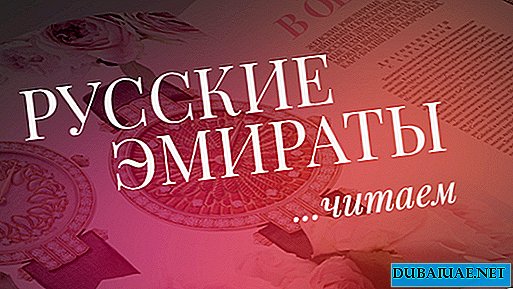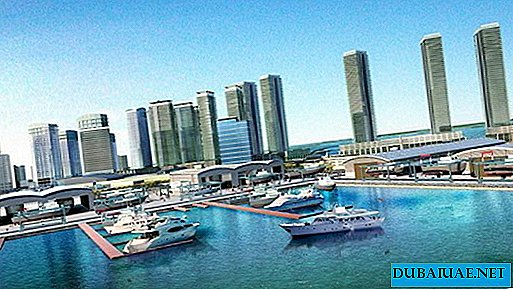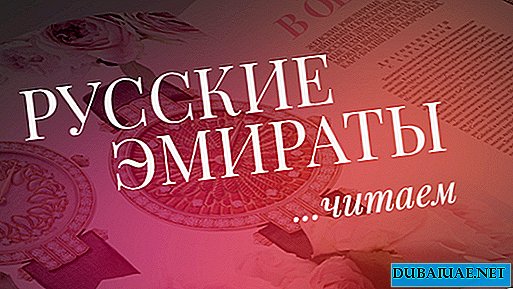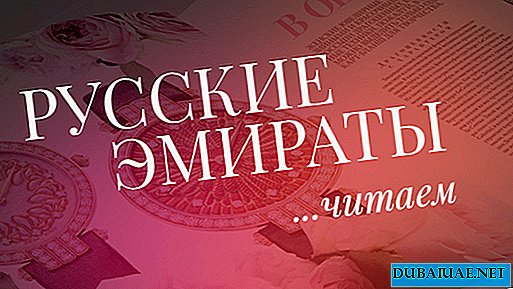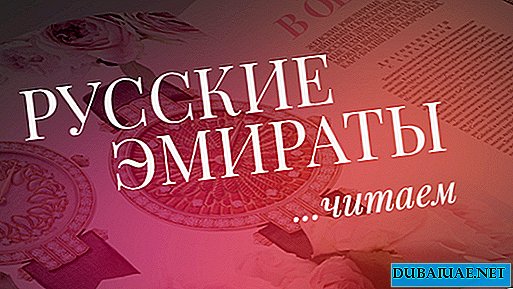What the banknotes talked about
As a rule, people rarely pay attention to what is depicted on banknotes. Meanwhile, bills often represent the same symbol of the country as the coat of arms, flag and anthem. As a rule, they express the meaning of the existence of the state, its philosophy and national idea.
Typically, the denomination system, design and color scheme of banknotes is laid deep content. By how stable these characteristics are, one can judge whether the state is committed to traditions - or, conversely, to the lack thereof. It is no coincidence that the Bank of England still accepts paper pounds in 1694, and the Bank of Russia is still minting gold pieces. They differ from the “tsarist” 10-ruble only in the image of the sower that appeared on them during the time of the NEP, when the Bolsheviks returned to gold and silver coins after experimenting with “common signs”. No matter how many times the ideology changes, empires arise and collapse - national symbols embedded in coins and banknotes are passed down from generation to generation.
Market and Port


The pink and yellow 5 dirhams depict the Sharjah market (Blue Souk). The reverse side captures the port of Horfakkan, which also belongs to this emirate. Located in a lively spot on the Indian Ocean, it takes 200 ships a day.
The harbor and the market were not without reason on the very banknote itself. Trade and maritime affairs have long been the main occupations of coastal inhabitants. In those distant times, local rulers minted their name on coins of Alexander the Great that were everywhere. From West and East, jewelers, traders of pearls and jewelry gathered in the ports of the Arabian Peninsula.
After the collapse of the Baghdad Caliphate, the local lands were ruled by numerous sheikhs and sultanates, the most powerful of which were Jumeirah, Oman and Julfar, who stood next to the current Ras al-Khaimah. By the 13th century, Oman had subjugated almost all of its neighbors - as it turned out later, not the last time.
Three centuries later, Julfar and Horfakkan were defeated by the Portuguese colonialists. However, the Kawashim tribe (the ruling families of Sharjah and Ras al-Khaimah have their pedigree from them) had a strong fleet, which allowed them to control the passage through the Strait of Hormuz. Here England intervened. Playing on the contradictions between Iran and Portugal, the East India Company forced the Portuguese to leave Hormuz and other parts of the Arabian Peninsula.
Dagger and dates


The green bill of 10 dirhams depicts the Arabic dagger "khanjar". Each country in the region makes its own variety of these edged weapons; depicted on the banknote refers to the culture of Oman. And this is no coincidence: it was Oman, which again united the east and southeast of the peninsula, at the beginning of the eighteenth century became the center of resistance to the British. The ships of this state attacked the fleet of the East India Company, almost blocking the entrance to the Persian Gulf.
On the other side of one of the most common banknotes is a date palm. Dates are still the pride of the country, a favorite delicacy of tourists. Not so long ago, their fruits saved the inhabitants of the coast from hunger and thirst; trunks and leaves of palm trees served as material for the construction of houses, the manufacture of shoes, dishes, fans and other wickerwork, which can now be found only in the museum.
In those days, more precisely in 1793, Al-Nahayan, the head of one of the branches of the Bani Yas tribe, moved his residence from the Liva oasis to Abu Dhabi. Another part of the tribe, led by the Al Maktoum family, settled in 1833 on the shores of the bay and on the Shindag Peninsula. This is how the city of Dubai came about, whose trading history began with the sale of pearls. Then, when Sheikh Maktum bin Khasher al-Maktum freed foreign merchants from all taxes and customs duties, the main exports of Dubai were pearls, shells and dried fish, with imports of rice, sugar, pepper, wood and cane.
On the waves on a schooner


A denomination of 20 dirhams, which is relatively rare, is painted in blue. It is as if it recalls the cool sea waves, along which the wooden schooner "Dow" glides smoothly. It was on such ships that Arab divers dived for pearls. And not only they - the sea was plowed by warlike pirates. The main enemy of the British remained the Kawashim tribe. Having captured Ras al-Khaimah, Sharjah and Umm al-Quwain, the British entered into an agreement with local rulers to stop the pirate attacks on English ships.
In 1853, an agreement was signed on permanent peace at sea between all coastal states, which became known as Treaty Oman. England took over mediation in land disputes, and also pledged to protect the principalities from external attacks by stationing its troops in the most important ports.
Now, merchant ships could safely sail along the shore, taking silver rupees in forged chests, divided into 192 small coins according to a complex system. Persian Gulf banknotes differed from their Indian counterparts only in the color scheme and signature of the treasurer - because the main trading partners of the coastal inhabitants were merchants of the Subcontinent. This continued until a crisis erupted on the coast in the 1940s caused by the appearance of Japanese cultured pearls on world markets. Only with the beginning of oil production in the 1950s, the principalities of Treaty of Oman began to gradually break the deadlock.
Fortress and gazelle


The images on the 50 dirham note are dedicated to Abu Dhabi. This city was founded by the Bedouin tribe Bani Yas, who lived in the region of the Liv oasis, as well as the Buraimi oasis, now divided between Oman and the emirate of Abu Dhabi (more precisely, the city of Al Ain). The legend says that once in search of prey, water and rich lands, hunters walked about 700 km.
Already almost desperate, the men came upon the tracks of the gazelles and were delighted: the path was to lead them to a source of fresh water. However, the traces of careful "dhabi" went to the seashore and disappeared without a trace! The hunters decided to find out what was the matter. At low tide, the strait became shallow, travelers crossed it and saw a wonderful green island. They founded on it the settlement of Abu Dhabi - the "father of the gazelles."
That is why the head of the Arab gazelle is placed on the bill. On the other side of the banknote is the Jahili Fort in Al Ain. Sheikh Zayed bin Sultan al-Nahyan was born in this city, who later became the ruler of Abu Dhabi and the first president of the UAE. He turned the salt marsh island of Sir Bani Yas, lying in the Persian Gulf, into a blooming garden; there is still the summer residence of his family. Half of the island is reserved for the reserve, where not only herds of gazelles and antelopes feel good, but also chamois, deer, buffalo and African giraffes.
The first museum, the first skyscraper
In 1966, the Gulf rupees were replaced by denominations of 1, 5, 10, 25, 50 and 100 rials, issued by the combined bank of Qatar and Dubai. Two years later, the UK announced its imminent departure from the Gulf. The rulers of Dubai and Abu Dhabi laid the foundations of a federation that finally took shape in 1972, when the principality of Ras al-Khaimah entered it. The Sultanate of Oman, for many years uniting the Arabian lands, chose to maintain its independence.
In 1973, the federation finally switched to its own money. They differed from the current UAE banknotes in size, design, as well as the presence of a note in 1 dirham. The poor population used small money, up to a coin of one fils. A palm tree was depicted on the penny, a schooner decorated the dime, and a sultan Ibrahim fish, known in the southern cities of Russia as the sultanka, was minted on a dime. On larger coins a quarter and a half dirham flaunted, as now, images of the “dhabi” gazelle and oil rigs - though, in size, those coins were much larger than the current ones.
All notes were decorated with the emblem of the Emirates - a falcon, as well as a watermark in the form of the head of this bird. If earlier falconry was a way of food for coastal residents, now it has been preserved as an elite entertainment accessible only to the most affluent people. Now in the UAE, such hunting is prohibited (in order to preserve the livestock of desert animals), and lovers of this sport have to fly to other desert countries, for example, to Turkmenistan. By the way, in Dubai there is a special hospital for falcons with equipment for anesthesia, cardiac stimulants and x-ray machines.


A modern bill of 100 dirhams (red) depicts two Dubai buildings: a museum in the ancient fort Al Fahidi and the World Trade Center - the first skyscraper in Dubai. For its time (1979), it was the tallest building in the Middle East: its grand opening was attended by Indira Gandhi and the Queen of Great Britain. When you look at the bill, you can see that around the Center then stretched uninhabited terrain.
How are these two different structures connected? Perhaps the same as the old schooner and the modern yacht club on a bill of 20 dirhams. The artist wanted to say that traditions and progress are inseparable from each other.
Life has become more fun
Gradually, the welfare of the people of the Emirates grew. Coins less than a quarter dirham have become unnecessary, and now they can only be seen in souvenir sets. In 1989, a brown denomination of 200 dirhams appeared depicting the modern buildings of Abu Dhabi. A blue-green bill in 500 dirhams appeared recently, in the 1990s. It depicts the Jumeirah Mosque - the only one open to tourists who do not profess Islam.


And in 1998, a new, olive-brown, denomination of 1000 dirhams came into circulation. It also symbolizes the unity of the old and the new: on one side of it is a modern building, and on the other - Al Hosn Palace, built back in 1793. This palace, known as the White Fort, will soon turn into the Middle East Louvre, that is, the National Museum of the UAE.


Most likely, the story of the dirham is not over yet. It may turn out that our children and grandchildren will see new banknotes and coins dedicated to new events inextricably linked with traditions.
Ivan Sheiko-Little


